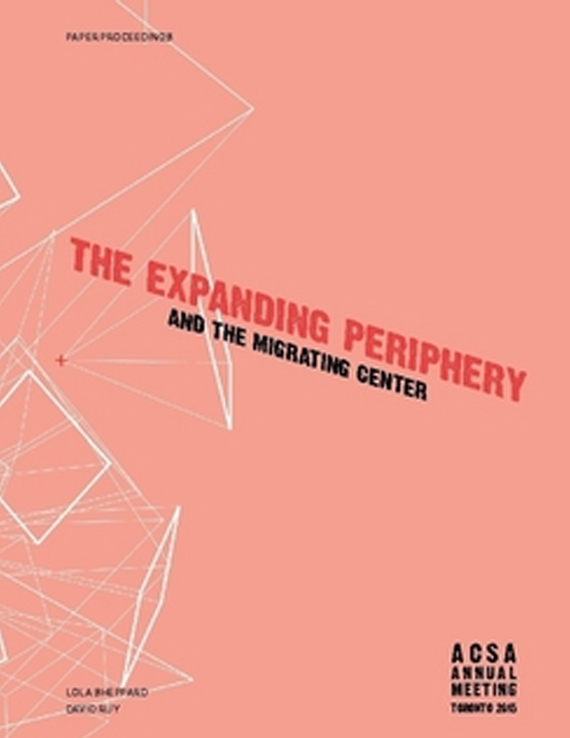Author(s): Seth McDowell
In 1969, Jaques Carelman, artist and Régent of the Collège de Pataphysique, published the Catalogue of Unfindable Objects. This publication of fantastic inventions was a parody of the mail order catalog and presented a series of objects that question utility and offer impossible solutions to seemingly irrelevant problems. Towards an Unfindable Architecture presents an architectural translation of this catalog. This paper examines the relationship between radical speculations for architecture and the experimental literary movement known as ‘pataphysics, an absurd, pseudo-science originating from the late 19th century writings of playwright, poet and prankster Alfred Jarry. In the posthumously published Exploits and Opinions of Dr. Faustroll, Pataphysician, Jarry defines pataphysics as the “science of imaginary solutions and the laws governing exceptions.” While Jarry’s avant-garde literary fictions caused riots amongst the complacent Parisian bourgeoisie and received unabashed criticism, dismissing the work as “wild, bizarre and comic” at the time of publication, it has gained revolutionary importance over the 20th century, prompting two influential trajectories through art, literature and philosophy. The first path is seen in irrationalism and the work of Symbolist, Dadaist, and Surrealist, which argue for “a poetic emancipation from science.” The second path relates to surrationalism and the work of Futurist, Oulipians and Jarryites, which argue for “a poetic appropriation of science.” Today, in a moment when architecture is chasing rapid developments in science and technology, this paper deploys pataphysics to challenge the field’s overzealous reliance on computation and optimization for rationalist agendas. It asks, how can the architect operate as a pataphysician and disrupt the “truths” of “reality” with alternate futures, rooted in chimerical science and ludic theories?What is an unfindable architecture and why is it important? This question motivates the primary objective for the paper. There is no Google entry for an unfindable architecture. An unfindable architecture is the exception, the special occurrence, the outlier. The paper will develop a critical manifesto that positions pataphysics, the science of the particular, as a methodology for architectural production. The paper will exhibit architecture as a strange concoction of particular, seemingly irrelevant concerns that accidentally stumble upon undiscovered territories. Finally, the paper outlines the exploits from an ongoing research studio at the University of Virginia’s School of Architecture that is examining the limits of pataphysics through the development of a Manifesto for an Unfindable Architecture. In this studio, undergraduate students are working to imagine alternate, quasi fictional futures for a series of “lost” Virginia towns. These are four towns that aimed to be pivotal cities for industry, natural resources, manufacturing, and education. Yet, they are four towns whose speculated developments were halted by an unfortunate swerve, and now they are four ghosts, awaiting to become architectural anomalies and visionary habitats for the future. To facilitate this speculative absurdity, students develop architectural fictions through the format of a graphic novel.
Volume Editors
David Ruy & Lola Sheppard
ISBN
978-0-935502-95-4

 Study Architecture
Study Architecture  ProPEL
ProPEL 
